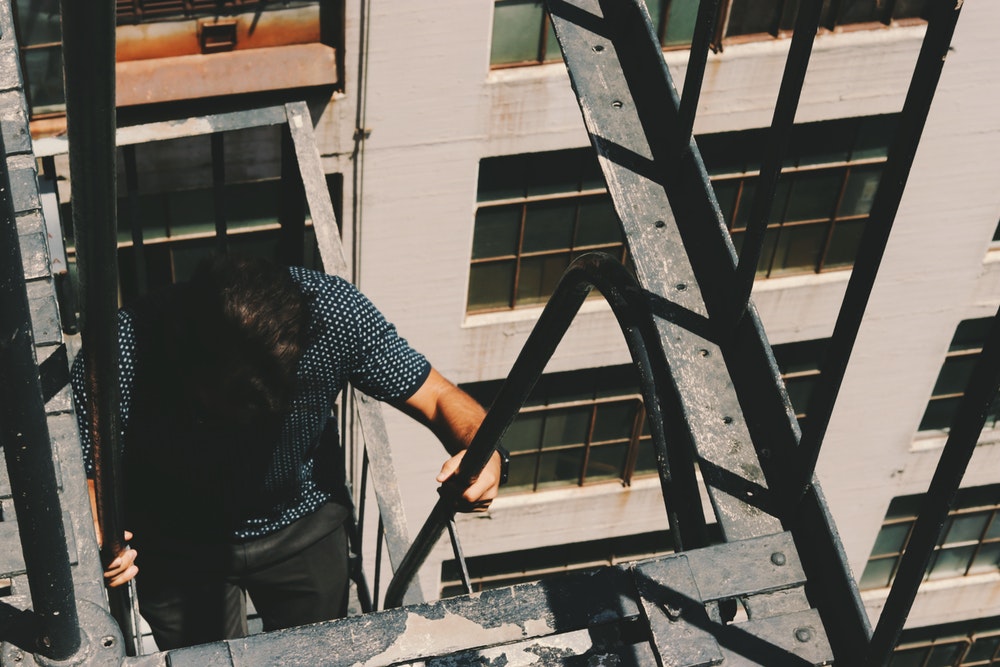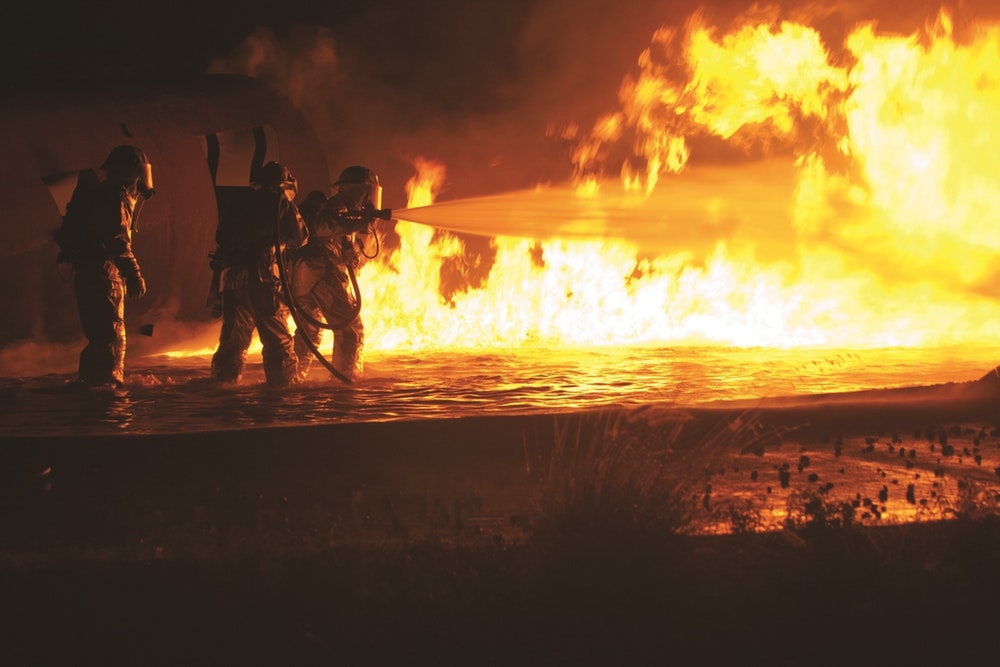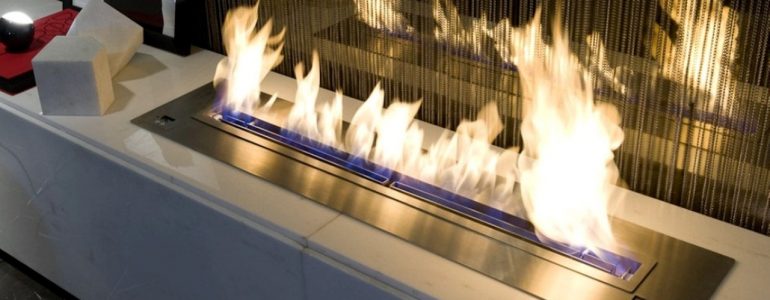House fires cause thousands of deaths per year. Doing proper fire safety planning, having the right fire protection devices and knowing what to do in case of a fire at home can keep you and your family safe.
When a fire breaks out at home, your main goal should be to get out to safety and call 999.
Here’s what to do in case of fire at home, both do’s and don’ts in case of fire.
Remember your fire escape plan

Having a fire escape plan can be the difference between getting out safely and getting trapped in the fire.
Your fire escape plan should include several routes and exit so that if one is blocked, you can still get out.
If you have a family, they should practice the fire escape plan regularly, especially the kids. Make sure everyone knows which routes they can take from whichever room they are in.
You may need to incorporate various fire safety products such as an escape ladder and fire blanket in your escape plan.
Act quickly
Never assume that the fire or smoke alarm is a false alarm, even if it has happened several times before.
Any delay in acting, even if it’s just a few seconds, can cost you your life. Fires, especially in modern homes, spread incredibly fast. You’ll have at most 2-3 minutes to get out.
As soon as you hear the alarm, smell smoke or see a fire, act quickly.
Of course, if it is a small fire and you have a fire extinguisher or fire blanket on hand, you can try and put it out before it spreads.
But if you can’t tell where the fire is or you can’t put it out, leave it and get out immediately.
In your fire escape drills, you should have practised how to get out of the house in the shortest time possible. Recall all those drills and put them into action.
Forget all your valuables including money, phone and electronics.
Doors are the best exits
Before you try anything else like jumping out of a window, try to get out through the door. It’s the quickest and safest way to escape especially if you have kids in the house.
But don’t go barrelling through doors. Doors do a great job holding fire back (that’s why it’s a good idea to sleep with the bedroom door closed. It can buy you several extra minutes in case of a fire).
Everything may seem ok from your side of the door but as soon as you open it, fire and smokes shoots into the room.
To check if a door is safe to pass through, touch the back of your hand against the door and the knob. If they feel warm or hot, find an alternative escape.
If the door feels cold, open it slowly bracing it with your shoulder to keep it from being blown open (there may be a pressure difference inside and outside the room).
Repeat the same procedure at each door until you are out.
Arm yourself with a towel or piece of cloth in case you encounter smoke. Tying it or holding it against your mouth can keep most of the smoke from getting into your lungs.
Another tip in case you have to pass through smoke is to stay low. As the hot gasses rise, some clean and cooler air is left at the bottom.
If the door is not an option, quickly find alternatives
Ideally, you should already have an alternative escape route planned. Planning and practising beforehand saves you precious time if a fire breaks out.
A different door is the best alternative to try. But since you are likely to be in a room with just one door, the window is the next best option.
If you live in a storied building, you should have fire escape ladders near the upper bedroom windows. Most ladders are compact enough to store under the bed or just under the window.
In case of a fire, you pull a cord to unfurl the ladder.
Most fire escape ladders can also be used from a balcony.
Gather in one place
Your fire escape plan should include an assembly point, where everyone should gather after they’ve escaped from the house.
It should be easy to find even in the dark and far enough from the house for safety.
Gathering in one place allows you to quickly take stock of everyone.
By now, you should have called 999.
Don’t go back

Once you make it out of the house, do not go back in even if you realise someone or a pet is missing. Chances are you won’t make it back out.
Your best bet is to wait for fire fighters to arrive and tell them there’s someone in the house. Explain exactly where they might be for a quick rescue.
If you are trapped
If you can’t escape through the door and window, you may have to wait until the fire fighters rescue you.
In the meantime, here’s what you can do to stay safe for as long as possible.
- Keep the door closed and seal the airways. This not only keeps put the fire, it also prevents smoke from coming into the room. Use pieces of cloth to seal vents, the space under the door and any other airways smoke can get through.
- If some smoke is still coming in, cover your nose and mouth with a towel or cloth to avoid inhaling it.
- Call for help. Shout as loudly as you can and wave a sheet from the window (but keep the window closed to avoid attracting smoke and fire into the room). This will help other people and firefighters find you.
Once your family has made it safely out of the house, check for any injuries and health problems such as difficulty breathing and dizziness. Seek treatment from the present emergency services or a nearby hospital.







